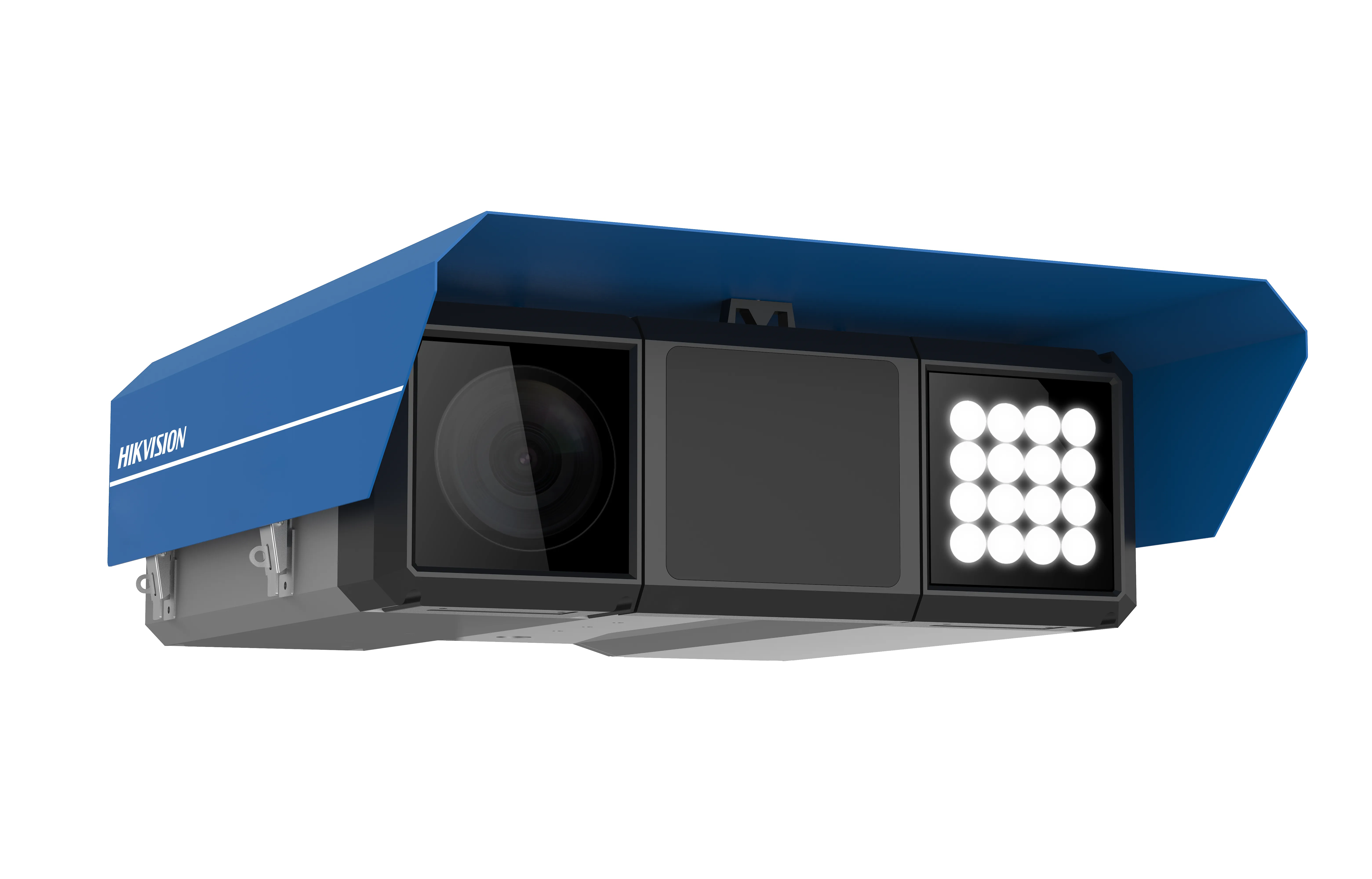U-blox has announced its entry into the rapidly expanding embedded GSM/GPRS market with the launch of LEON, a new surface-mount GSM transceiver module.
February 3, 2012
Read time: 2 mins
LEON operates as a standalone GSM transceiver module or together with U-blox's GPS modules via a simple I2C interface, allowing for a simple interface of both modules via one single UART. It is the first of a series of cellular surface-mount modules from U-blox. The company says that the modules' small footprint of only 18.9x29.5x2.84mm and SMT pads on only two sides of the package results in simple mounting, cheaper PCB layout and easier quality control as compared to ball-grid or land-grid array solutions. LEON features a low current consumption (1.6 mA in standby mode), and wide operating temperature (-30°C to +85°C). The module supports GPRS Class 10 as well as voice communications, (such as for emergency services) and comes equipped with embedded TCP/IP stack and AssistNow client.









